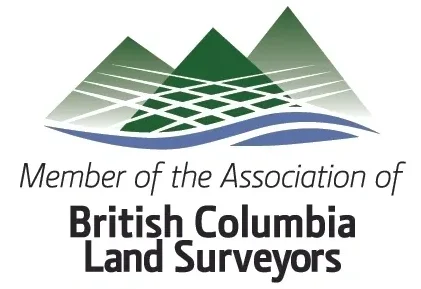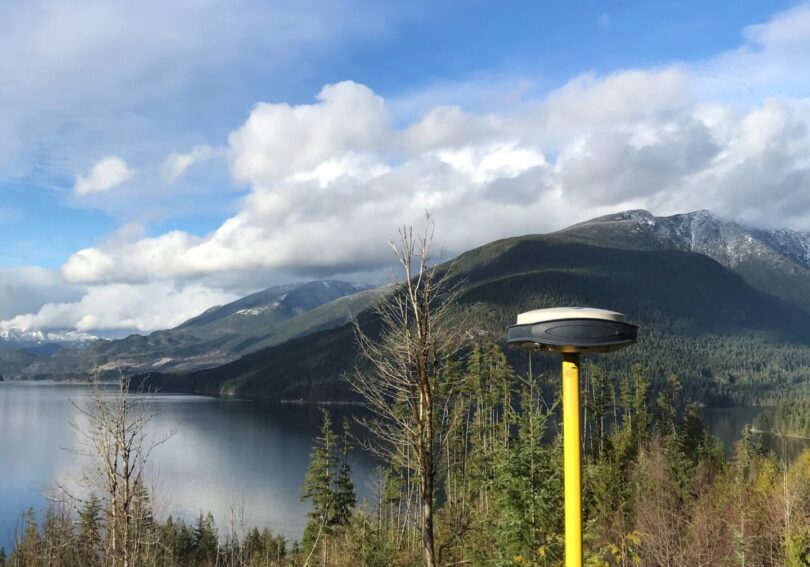Glossary
- Conveyance
A transfer of an estate or interest in land (other than by will) to a new owner through sale, lease, or other means. A transfer of title is the conveyance of an estate or interest in land in exchange for some financial consideration, typically a sale.
- Covenants
Covenants are land use restrictions registered against a property’s title which restricts the use of the property. For example, a conservation covenant can be imposed by a local government to protect a natural or heritage feature or value.
- Crown Land
Land owned and administered by a government, either federal or provincial. In BC, Federal (Canadian) Crown land includes National Parks, federal ports and military bases. Provincial Crown land includes provincial parks and all non-granted land (wilderness) within the provincial boundaries. Most of BC is Crown land.
- Easement
A limited right attached to land (the dominant tenement) for the benefit of the owner of the dominant tenement to use land of the owner of servient tenement. An example of an easement would be a driveway crossing one owner’s land (the servient tenement) to provide access to another owner’s land (the dominant tenement).
- Land Title
In BC, a land title is the legal record showing who owns a parcel of land, as well as charges and legal interests registered against the title.
- Legal Description
Each parcel of land in BC has a unique legal description. The legal description is derived from a number of data sources including the type of survey system used to originally define the land, the land district which the parcel lies within and the assigned plan number.
- e.g. Lot 1, District Lot 555, New Westminster District, Plan 12345
- Parcel Identifier Number
A unique number identifying a specific parcel of land. The PID is automatically assigned by the land title system when the parcel is created through registration of a subdivision or Crown grant.
- e.g. 005-255-555.
- Right of Way
A right to have access to land for a specific use, often granted to a municipality or utility company in order to provide and maintain services to parcels of land (such as underground cables or pipelines).
- Subdivision
The division of land into two or more parcels, generally by deposit of a subdivision plan.
- Survey Plan
A plan prepared by a BC land surveyor depicting the boundaries of one or more parcels of land. Various types of plans are registered with the Land Title Office when a parcel is subdivided, when parcels are consolidated, and when easements and rights of way are established.
- Title
With respect to land, title refers to proof of ownership of the “fee simple estate” or other lesser estates, such as charges (leases, for example). In BC, title to a parcel of land is legally enforceable against third parties only if it is registered with the Land Title Office. A land title is issued by the Registrar in accordance with the Land Title Act. The “title” is the basic entry in the register. It lists the registered fee simple owners, the legal description of the parcel, the PID, and any charges and legal notations registered against the title.
- Variance
A variance is the process by which an applicant can request deviation from the set of rules a municipality applies to land use and land development (typically a zoning ordinance, building code or municipal code).
Retrieved from BC Land Titles Office (http://www.ltsa.ca/cms/glossary)


